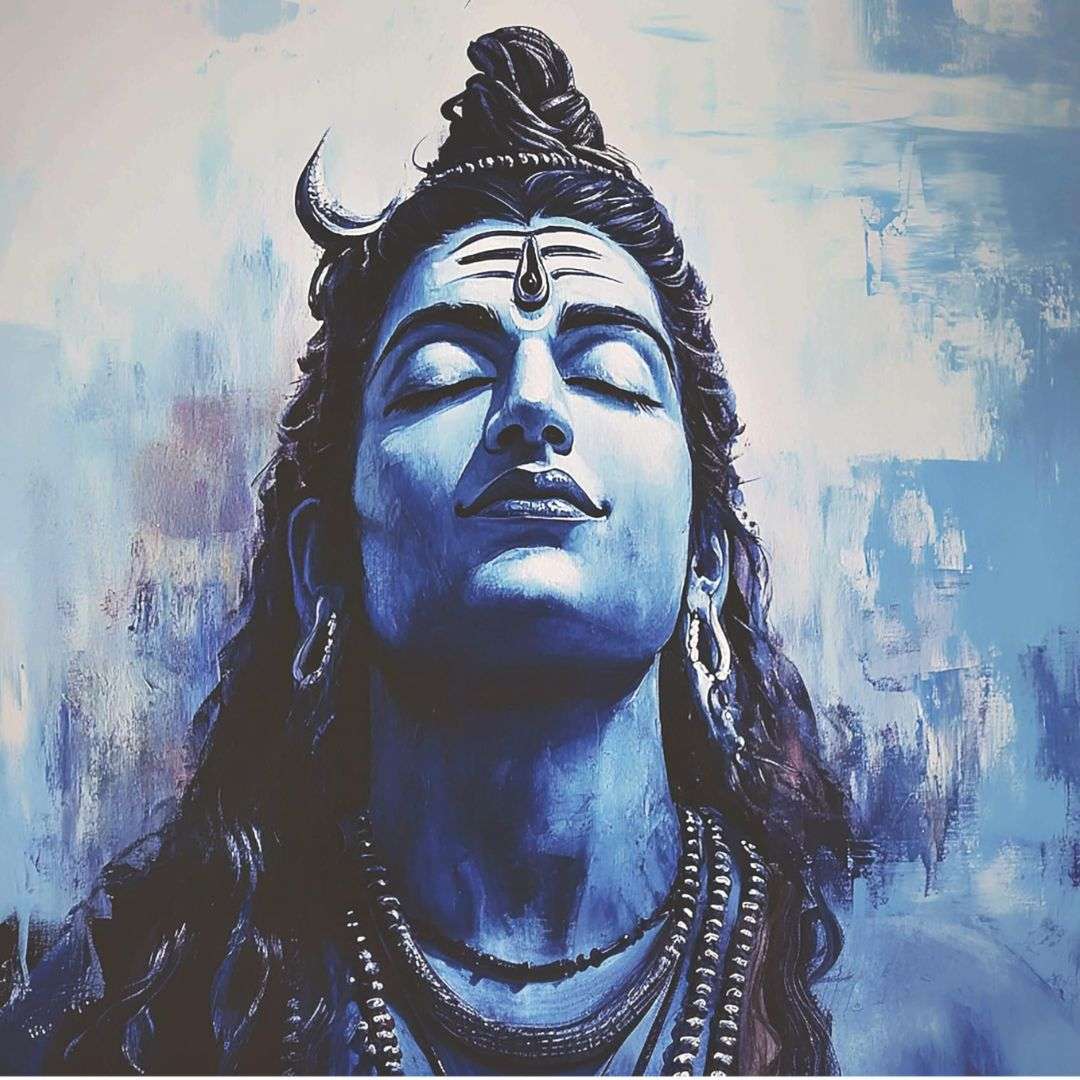Shloka’s of Shiva : Yogic Secrets Hidden in His Sacred Shlokas
Introduction: Not Just Bhakti, But Awakening
Shiva ko hum sab Bhagwan k
ehte hai, lekin kya aap jaante ho—Shiva is also the first Yogi, the Adi Yogi, and the origin of meditation itself?
Often, when we chant shlokas or mantras like “Om Namah Shivaya”, we approach it from a space of devotion. But what if every syllable was also a code for awakening the yogi within you?
This blog dives deep into the lesser-known yogic meanings of Shiva shlokas—where bhakti meets bodh, and chanting becomes a form of inner transformation.

1. Om Namah Shivaya – The Five-Fold Purification
ॐ नमः शिवाय
Om Namah Shivaya
This is not just a greeting to Bhagwan Shiva—it’s a pancha-bhuta mantra, cleansing the five elements:
- Na – Earth (Prithvi)
- Ma – Water (Jal)
- Shi – Fire (Agni)
- Va – Air (Vayu)
- Ya – Ether (Aakash)
🧘♀️ Yogic Secret: When chanted consciously, this mantra purifies your body’s elemental structure—body detox nahi, soul detox hai ye!
2. Mahamrityunjaya Mantra – A Call to Transcend Death
ॐ त्र्यम्बकं यजामहे सुगन्धिं पुष्टिवर्धनम्।
उर्वारुकमिव बन्धनान् मृत्योर्मुक्षीय माऽमृतात्॥
This verse invokes Shiva as Tryambaka, the three-eyed one, who sees past, present, and future.
🧘♂️ Hidden Meaning: The “urvarukamiva bandhanan” line speaks about breaking free like a ripe fruit falling from the vine—not forced, but natural. It isn’t just about physical death—it’s about freedom from bondage, from ego, from attachment.
Hinglish Insight:
“Shiv yeh nahi kehte ki maut se daro… woh kehte hai ki jeene ke tareeke badlo.”
3. Rudram Chamakam – Manifestation Through Shiva
नमस्ते रुद्र मन्यव उतोत इषवे नमः।
Namaste Rudra Manyava Utoota Ishave Namah
This chant from the Sri Rudram is often used in rituals, but yogically it connects you to your inner fire—Rudra is your disciplined, awakened self, not just an outer deity.
Yogic Secret: The Rudram invokes 11 forms of Rudra—each symbolic of a stage in spiritual discipline. This is Shiva as a mirror to your own potential.
“Yeh mantra humari andar ki neend todta hai—jagata hai!”
4. Shiva Dhyanam – Visualising Consciousness
शुद्धस्फटिकसङ्काशं त्रिनेत्रं पञ्चवक्त्रकम्।
गङ्गाधरं दशभुजं सर्वाभरणभूषितम्॥
This verse paints a picture of Shiva, but from a yogi’s eye, this is a visualization practice. His 10 arms symbolize mastery over 5 senses and 5 elements.
Yogic Perspective: When you chant this, you’re aligning your energy centers (chakras) and awakening the third eye—not metaphorically, but through actual focus on Ajna Chakra.
Conclusion: The Real Shiv Bhakt is a Yogi in Disguise
Whether you’re doing japa, dhyana, or just feeling drawn to Shiva’s energy—you’re not just worshipping. You’re being called.
Every Shiva shloka is a doorway into your inner Himalaya, where silence speaks louder than sound, and awareness is the true offering.
“Shiv bhakti aur yog – dono ka milan hi hai mukti.”
Ready to Go Deeper into Shiv Consciousness?
Join our online classes for Shiv Tandav Stotram and Shiv Manas Puja—not just to chant, but to feel Mahadev’s energy through every syllable.
🕉️ Learn the correct pronunciation, inner meanings, and chanting techniques with guided support.
📿 Limited spots. Book your place now and awaken the Shiva within.

